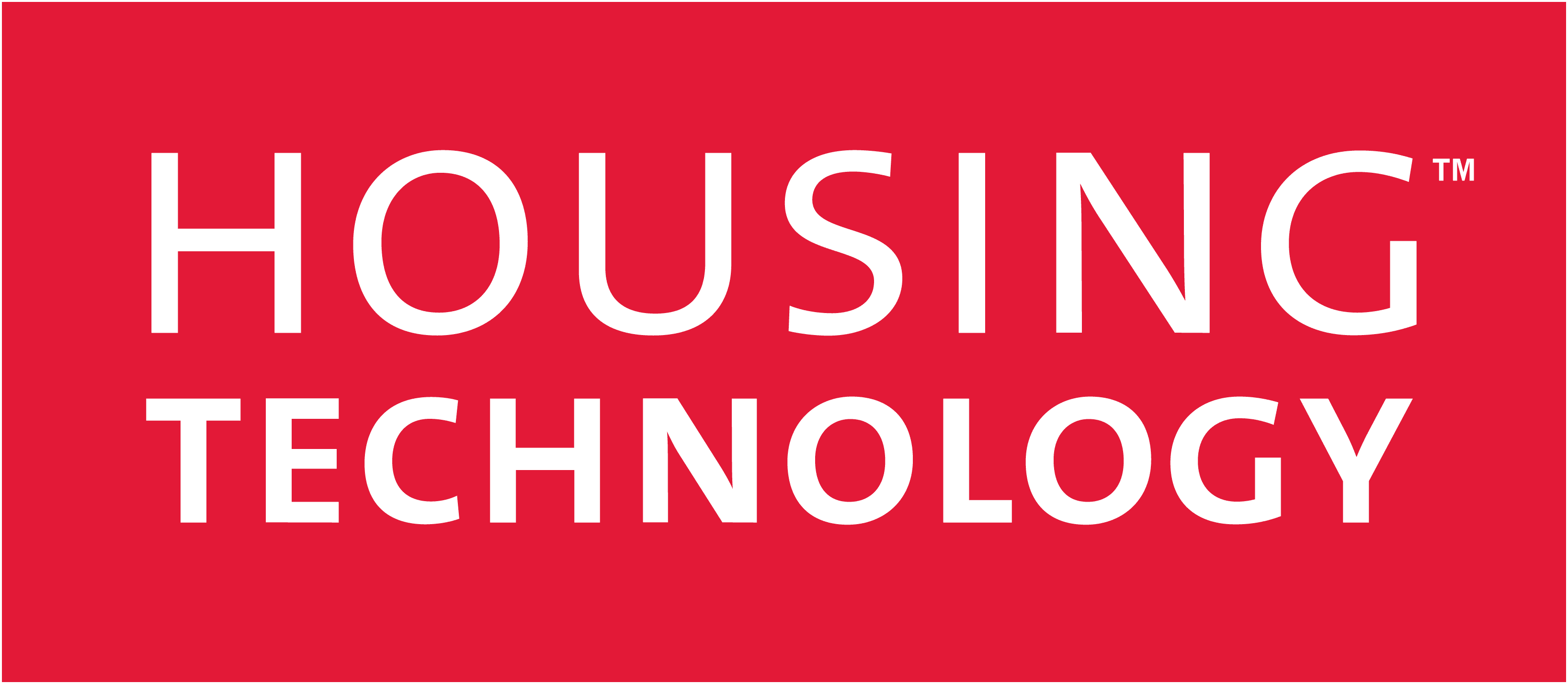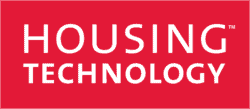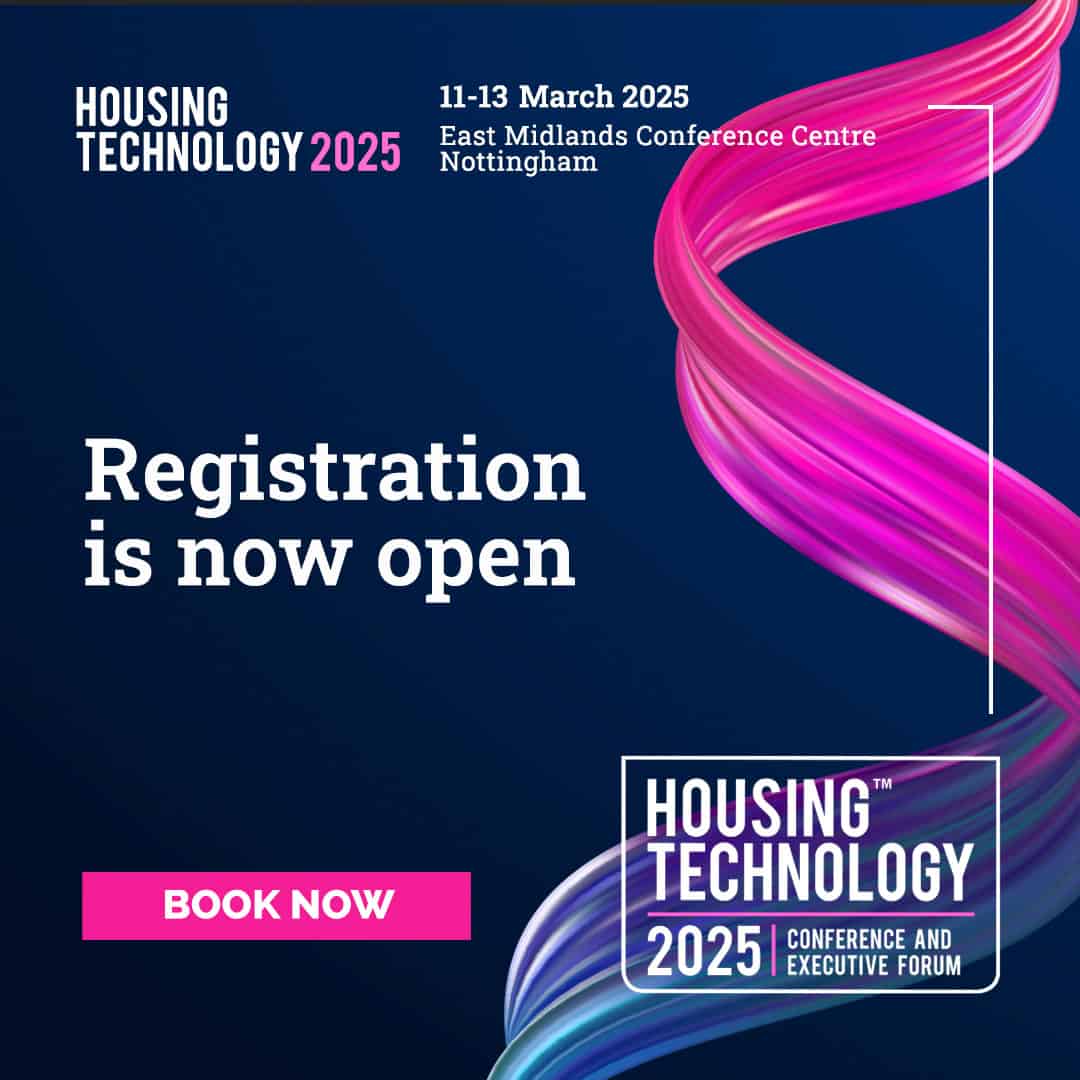‘Change… then more change’ seems to be the housing regulator’s mantra; there are a slew of new initiatives each year, but do they deliver any more homes?
It’s interesting to study the sector’s future in this context, with some digital technologies already helping housing providers to meet demands and others still over the horizon. But what will a digital housing provider look like, and where can and will technology help?
Management
Many staff are given an ever-wider range of tasks, while being essentially home- and field-based. This is enabled through integrated mobile working software interacting with the housing provider’s back-office systems.
Housing management now increasingly follows other service-based industry models, whereby customers use social media, portals or apps to self-select appointments through the housing provider’s dynamic scheduling engine. Tenant satisfaction will increase as slick services become ever easier to access 24/7.
Key to tenancy lifecycle management is the organisation’s tenant knowledge, where tenancy sustainment is made more effective by creating alerts through algorithms that connect previously disparate data from a variety of business applications.
Waiting-list applications are now received via portals, with viewings and sign-ups done through staff mobiles. Tenants are now automatically emailed electronic documents, such as tenancy agreements, with workflows ensuring a 28-day follow-up.
Property
Property services is another area where data is key. Property services’ managers already use mobile working to gather stock data. However this data, which was previously one-dimensional, is being transformed into building information models (BIMs) – 3D building renderings. When studied, these reveal detailed metadata and associated documents, such as CP12 certificates. Better still, users will soon be able view this through augmented-reality (AR).
Surveying has also been revolutionised. Drones operated by CAA-qualified surveyors film inaccessible areas of buildings. Detailed data extracts of properties requiring surveys are uploaded from the integrated asset management module into the app to create survey ‘fly-lists’.
Much property services work is now predictive-maintenance. Where a property’s devices such as water pumps, boilers, damp sensors and door-entry systems are web-enabled, housing providers can use their portal to aggregate all the third-party device data that has been captured. As data flows are aggregated, portal analytics can automatically trigger repair actions.
Asset management data is also identifying the most reliable device and equipment makes. Even when devices don’t fail, the system records usage, such as how long boilers run for. Planning is becoming more logical, thereby eliminating the replacement of devices purely based on their age, when in fact it might have hardly been used.
Finance
Transactions flow smoothly through an integrated financial system containing supplier and tenant accounts data. This information is mainly processed at runtime, when the rents module runs the debit and period-end. However, some tenant groups are subject to non-property-based charges which come into the sales invoicing function via an integrated service charge module. These charges can be sent to tenants via an outsourced mail fulfilment house despatching documentation from an association’s electronic files. Recipient tenants are automatically highlighted within the system when planned works are ordered and tendered for.
Procurement is increasingly done via a ‘punch out’ facility, integrating into the financial-system via the association’s portal platform, enabling real-time pricing and paper-free purchasing.
On the other side of the coin, customers access portal-based, self-billing electronic statements with payments made through portals and apps.
The association’s external repair contractors now interact via its supplier portal, eliminating paper and saving huge sums of money. Invoicing is within the same workflow, so manual invoicing becomes obsolete.
Finance directors now have full cross-organisational visibility of the integrated single database. The auditors are happier too because they see a transaction’s path from source to destination.
Repairs
In the past, telephone calls used to initiate this resource-heavy process, with printed orders for contractors who submitted paper invoices. Now, because the workforce is allocated by dynamic scheduling, tenants arrange responsive repairs via an association’s branded app or online portal. After a brief diagnosis, they can choose possible appointment slots. Once chosen, the appointment is allocated via an operative’s mobile in real time.
Performance and productivity information flows seamlessly back from the operatives’ mobiles, identifying continuous improvement or training requirements.
Supply chain management has transformed. Now outsourced to specialist partners, materials management is based on van stocks that update via operatives’ mobiles. As van-stock levels deplete, supplier reorders are automatic.
Care and support
Associations serve evolving demographics, particularly the property types most needed, the tenant groups living there, and the services required. The emerging challenge is how to keep older customers living independently at home for as long as possible. Future digital engagement with health and social care agencies is therefore crucial.
Associations now use customer knowledge, from numerous daily interactions to personalise care and support. Where customers consent, sensors identify events and trends, such as differing heating levels, with analytics tools learning when devices such as kettles are expected to be used. Unusual patterns trigger alerts to check the tenant’s wellbeing. Giving tenants fall sensors and blood-pressure monitor watches also helps greatly.
Chargeable services, such as cleaning, can be offered too. The association’s portal enables mini-social networks to be created within community blocks, with tasks shared and tenants brought closer.
The head of care and support now works more closely with health bodies and where permissible, planning will be increasingly co-ordinated, ensuring that fewer vulnerable tenants are discharged into homes alone.
Doesn’t exist yet…
As data is now a core asset, there is an awareness across management teams of the value of data, meaning that associations’ strategic decisions are now largely data-led, not hunch-led. Ergo, CEOs can now think outside the box…
However, as traditional funding dries up, and the need to develop homes becomes more pressing, how will chief executives ‘square the circle’?
For example, take a housing provider operating in a large town. A growing university creates a busy private-rented sector. Which organisation has the most experience and resources for managing residential and maybe even commercial property? With their existing portal platforms, housing providers could run external services for other landlords to create new revenue streams. This could be extended to repairs, asset management and surveying, along with gas and electrical.
Caretaking, run via self-service, dynamic scheduling and mobile working, could be offered to other local property companies. This might extend into facilities management using the association’s facilities platform.
These business areas were previously non-existent because nobody thought ‘outside the box’. Collaborative technology facilitates such creative ideas.
Finally, the big picture…
The over-riding theme here is that next-level networking brings stakeholders and their data together to streamline processes and drive efficiency.
One single, central-system (i.e. the association’s knowledge repository) becomes the hub of this network, with analytics driving workflows. Self-service becomes the default, while the consequent resource savings mean that those in greatest need or who can’t operate online receive the face-to-face support necessary.
This article is a shortened extract from a longer, forthcoming supplement from Aareon UK and Housing Technology on ‘The digital housing provider of the future’; please email news@housing-technology.com if you would like to receive a copy of the supplement.
Paul O’Reilly is head of account management at Aareon UK.


